Small Playroom Design Ideas for Every Home
hace 6 meses · Actualizado hace 6 meses
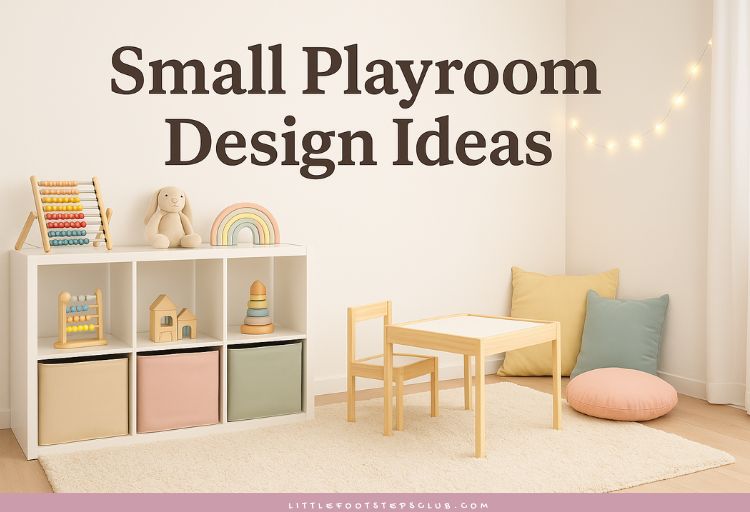
- Sometimes the tiniest corner holds the biggest magic
- 1. Choose the Right Spot
- 2. Define the Area Visually
- 3. Prioritize Smart Storage
- 4. Use Vertical Space
- 5. Keep the Palette Soft and Calm
- 6. Choose Toys That Fit the Space
- 7. Add Seating for Little Ones and You
- 8. Make It Easy to Reset
- 9. Add One Element of Wonder
- Final Thoughts: It’s Not About Size. It’s About Soul.
Sometimes the tiniest corner holds the biggest magic
When you live in a small home, apartment, or shared space, carving out a dedicated playroom can feel impossible. But you don’t need an extra room or a big budget to give your child a space to play, imagine and grow.
I discovered this after becoming a mom. With toys scattered everywhere and no "official" playroom, I started looking for ways to make something work. A nook. A corner. A closet. Anything. And that’s when I learned that a small playroom can be just as functional, beautiful and fun as a large one — maybe even more.
This article is filled with small playroom design ideas that work in real homes. From clever storage solutions to smart layouts and calming aesthetics, these tips are here to help you create a space that feels magical, even in just a few square feet.
Why a Small Playroom Can Be a Big Win
Before we dive into the how, let's talk about the why. Small spaces have unique benefits:
- They're easier to keep tidy
- They encourage focused play
- They're more affordable to furnish
- They make children feel cozy and contained
- They’re easy to supervise, especially for toddlers
The key is designing with intention. You don’t need more room. You just need to make the most of what you already have.
Small Playroom Design Ideas for Every Type of Home
Whether you live in a studio apartment or a cozy house with just a little extra wall space, there’s always a way to make play happen.
1. Choose the Right Spot
Your playroom doesn’t have to be a room. It can be:
- A corner of the living room
- A section of your child’s bedroom
- The area under the stairs
- A hallway nook
- A spare closet
- A spot in your home office
Look for places that are naturally quiet, safe, and easy to keep an eye on.
2. Define the Area Visually
Even if the playroom shares space with another function (like a living room), visual boundaries help children know “this space is for me.”
You can create this effect with:
- A rug
- A small bookshelf or cube shelf
- Wall decals or a fun wallpaper
- Hanging a sign or name banner
- Different lighting (a string of soft lights)
The idea is to make the area feel intentional — even if it’s tiny.
3. Prioritize Smart Storage
Clutter can overwhelm small spaces quickly. Use multi-functional storage like:
- Cube organizers with bins
- Toy rotation bins
- Baskets with lids
- Under-bench storage
- Hanging wall pockets
- Over-door shoe organizers for small items
Store away what’s not in use, and rotate toys every few weeks to keep the space fresh and exciting.
4. Use Vertical Space
Small playrooms need to go up, not out. Use the walls for:
- Book ledges
- Pegboards with hanging baskets
- Magnetic or chalk paint
- Art displays
- Wall-mounted toy storage
This not only saves space — it gives kids ownership of their environment.
5. Keep the Palette Soft and Calm
Too many colors in a small space can feel chaotic. Choose:
- Soft neutrals or pastel tones
- One pop of color for personality
- Natural materials like wood and rattan
- Simple patterns (stripes, dots, rainbows)
A calm color scheme helps kids feel settled, and makes the space blend beautifully with the rest of the home.
6. Choose Toys That Fit the Space
Not all toys are space-friendly. Choose options that are:
- Stackable
- Multi-purpose
- Easy to store
- Not overly noisy or oversized
Favorites for small playrooms include wooden blocks, puzzles, pretend play kits, magnet tiles, and mini dollhouses. Rotate larger toys to keep things manageable.
7. Add Seating for Little Ones and You
You don’t need a full couch, but a few comfy options make all the difference:
- A mini armchair or beanbag
- A floor cushion
- A child-sized table and chairs
- A bench with storage underneath
And don’t forget a cozy spot for you — even if it’s just a pouf or a low stool.
8. Make It Easy to Reset
The best small playroom is one that’s easy to tidy. Try:
- Having a “one in, one out” rule for toys
- Using clear labels or pictures for bins
- Teaching clean-up as part of the routine
- Having a designated “reset basket” for fast pick-ups
This helps you maintain a peaceful space without feeling like you’re always tidying.
9. Add One Element of Wonder
Every playroom needs one thing that sparks imagination. Even in the smallest space, you can add:
- A mini teepee
- A felt play kitchen
- A wall of magnetic shapes
- A little book nook with a curtain
- A cloud light or moon lamp
Just one special feature can make the space feel magical for your child.
Final Thoughts: It’s Not About Size. It’s About Soul.
A small playroom is proof that love doesn’t need a lot of square footage. What matters is that it’s made for your child — with care, thought, and joy.
You don’t need a Pinterest-perfect space. You just need one corner of the world where your little one can imagine, build, read, and be fully themselves.
So tell me — what tiny corner in your home could become your child’s magical little world?
I’d love to hear how you’re making the most of your space. Leave a comment and share your favorite small playroom tip.

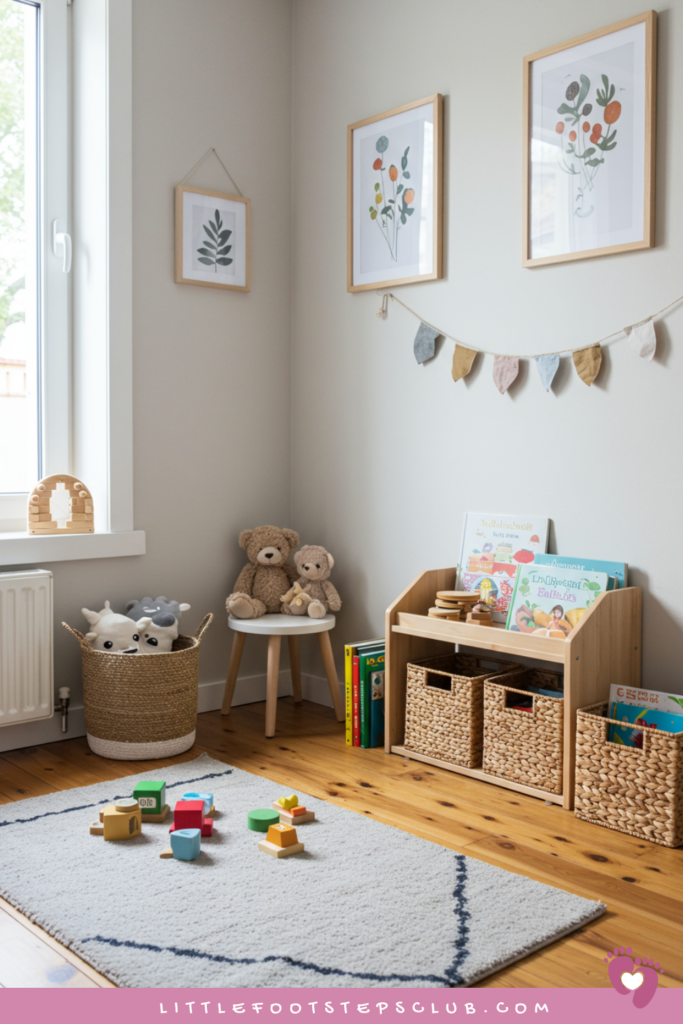
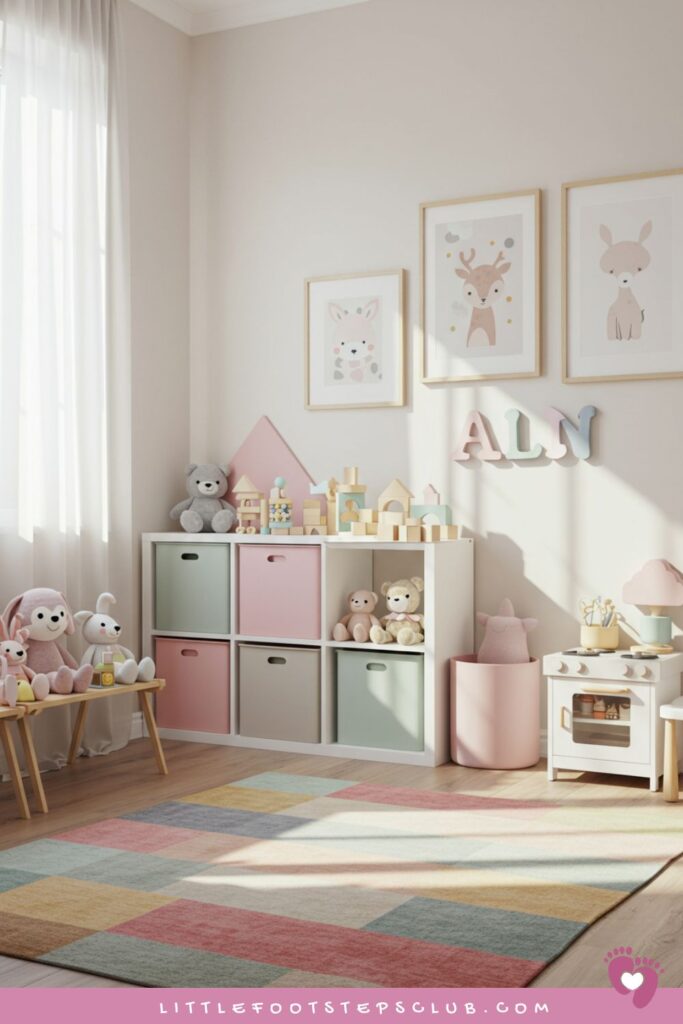
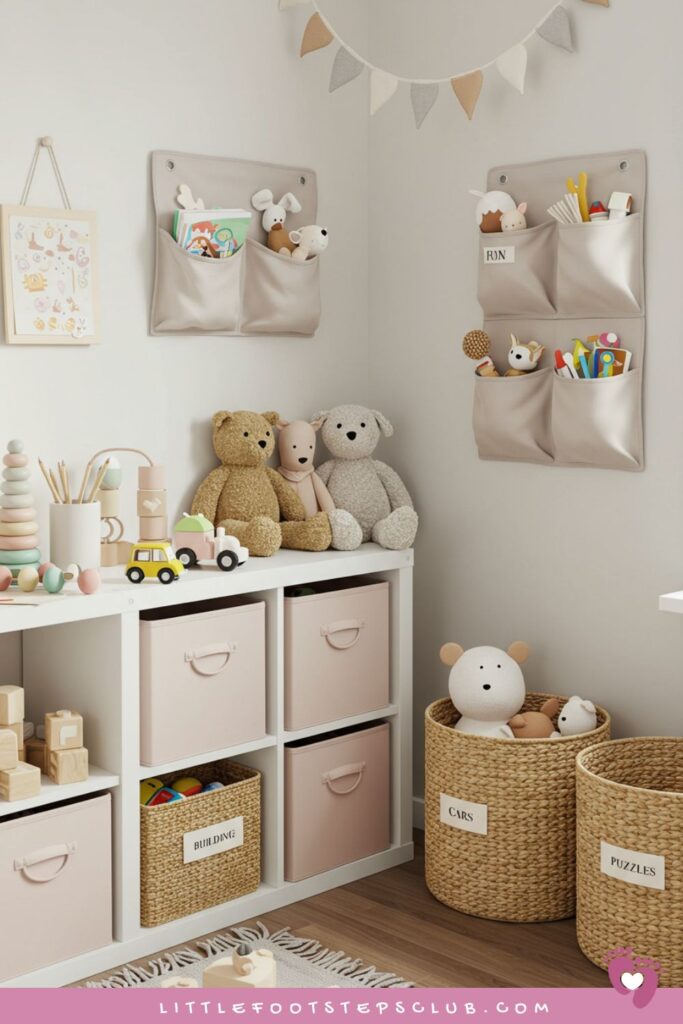
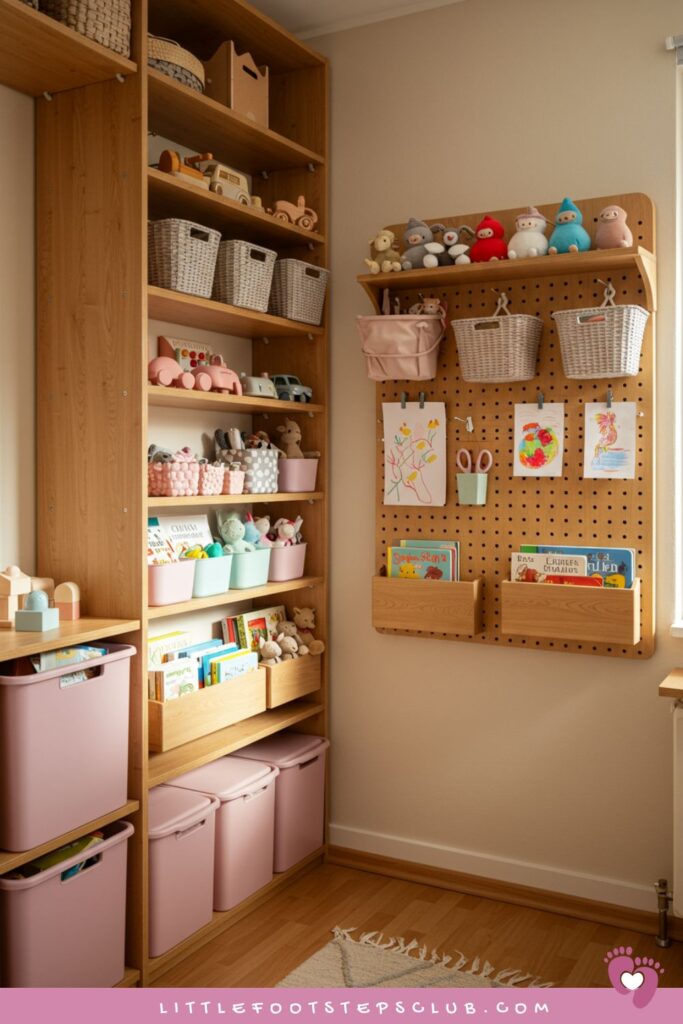
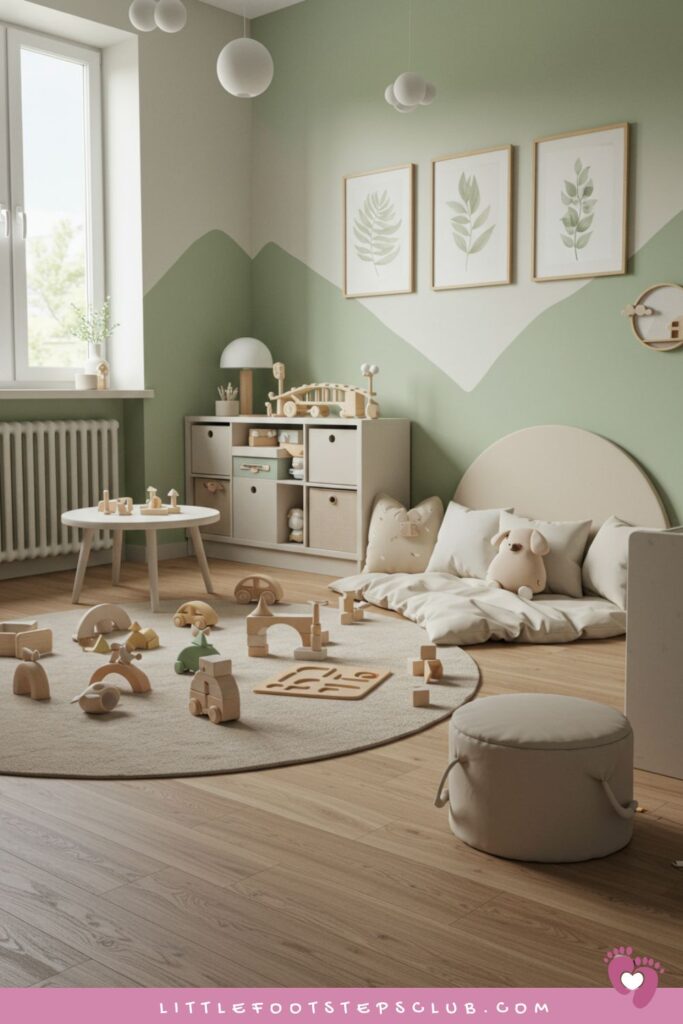
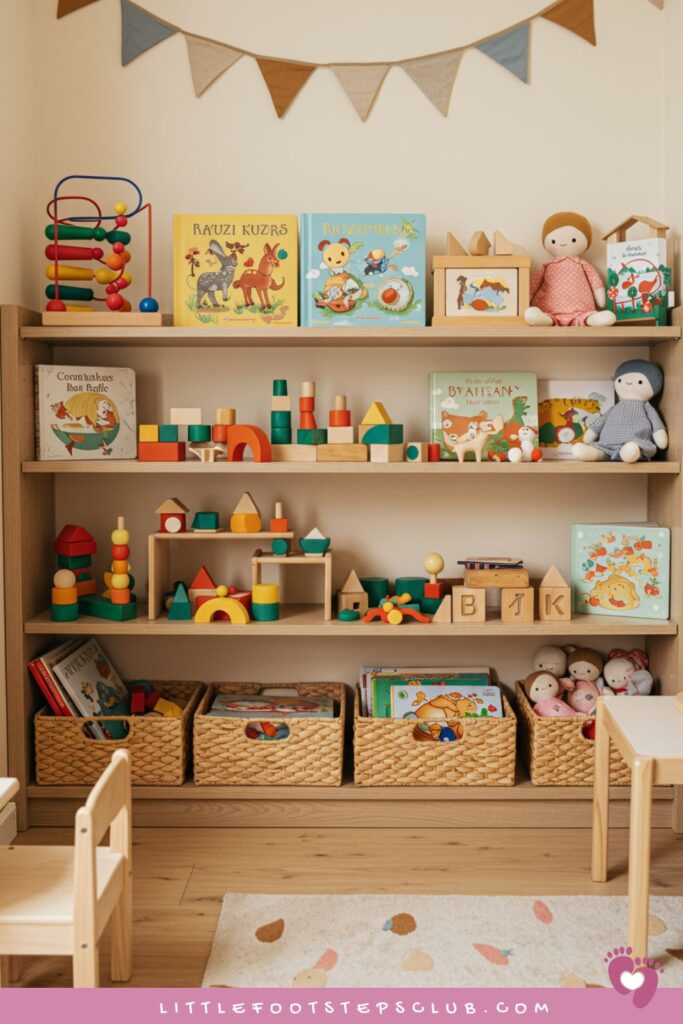
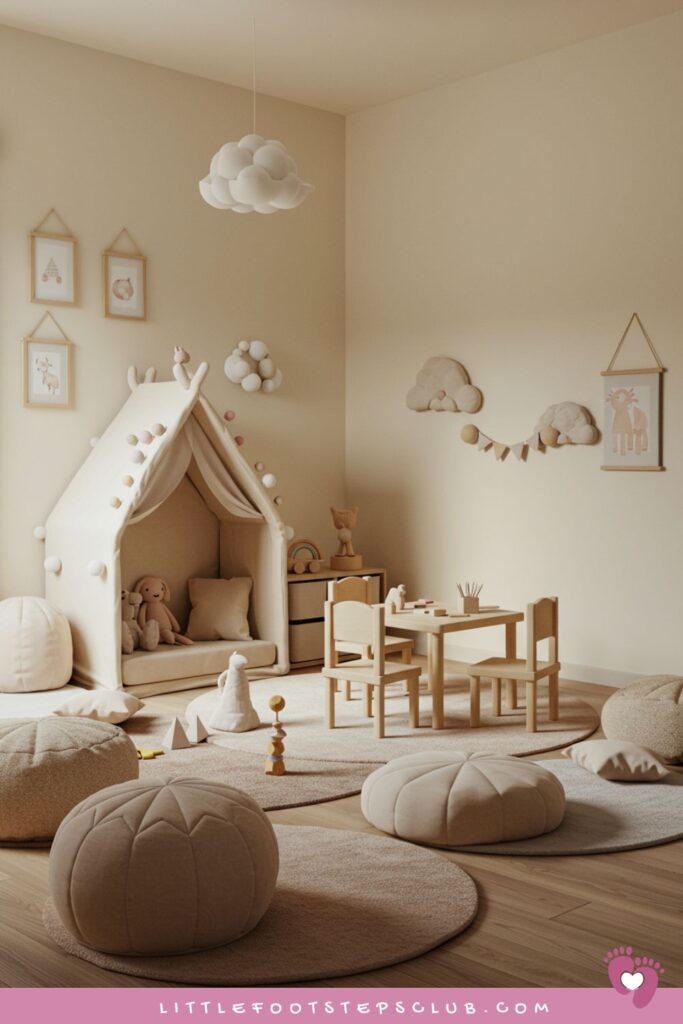
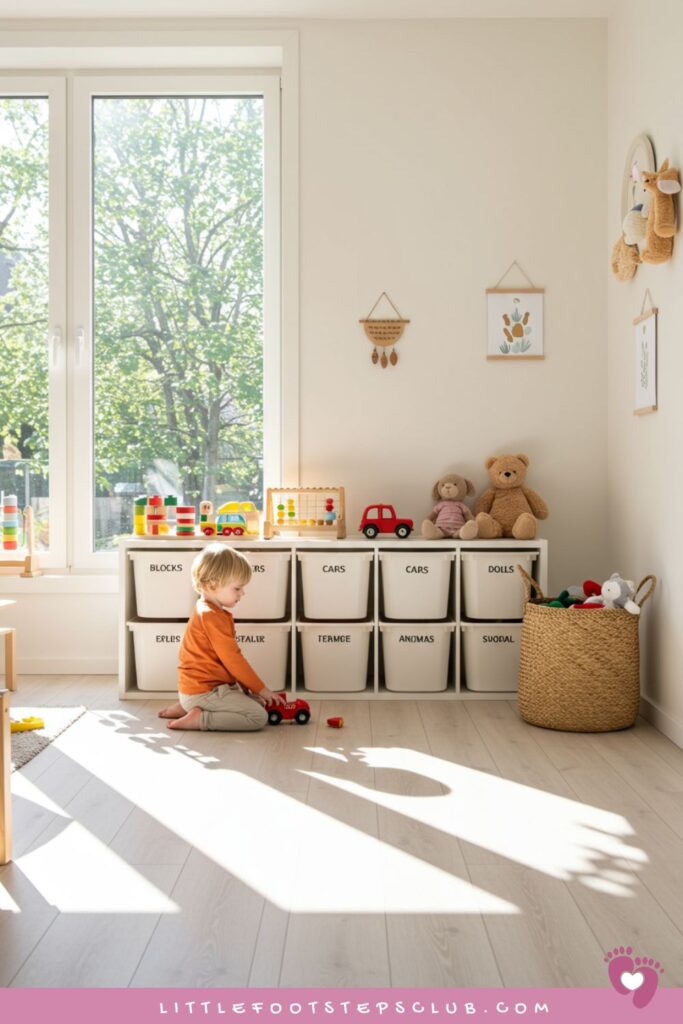
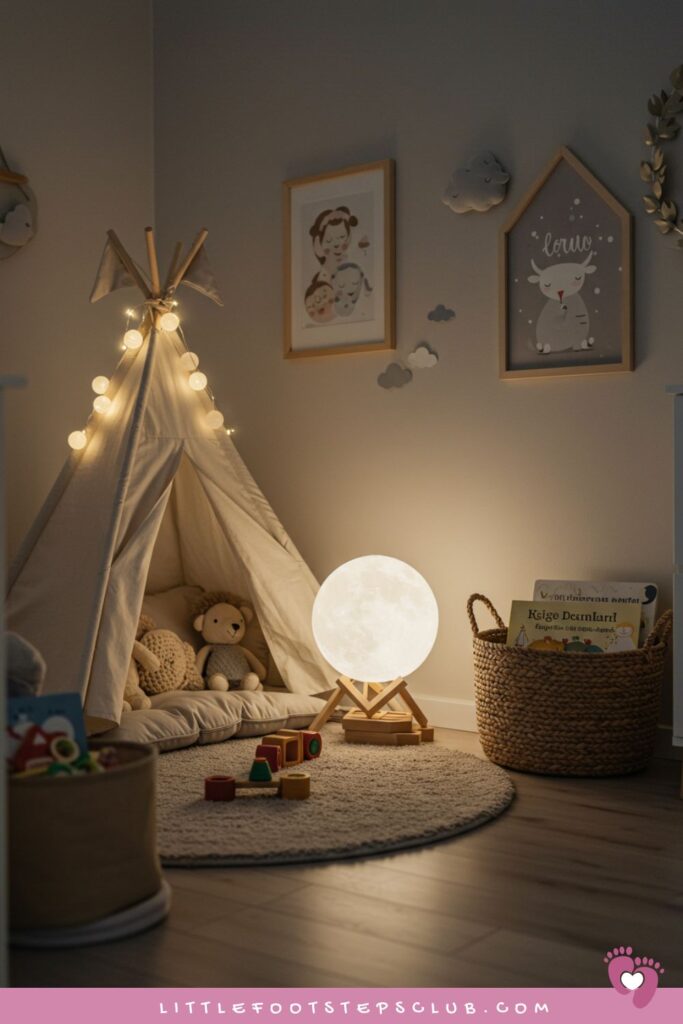
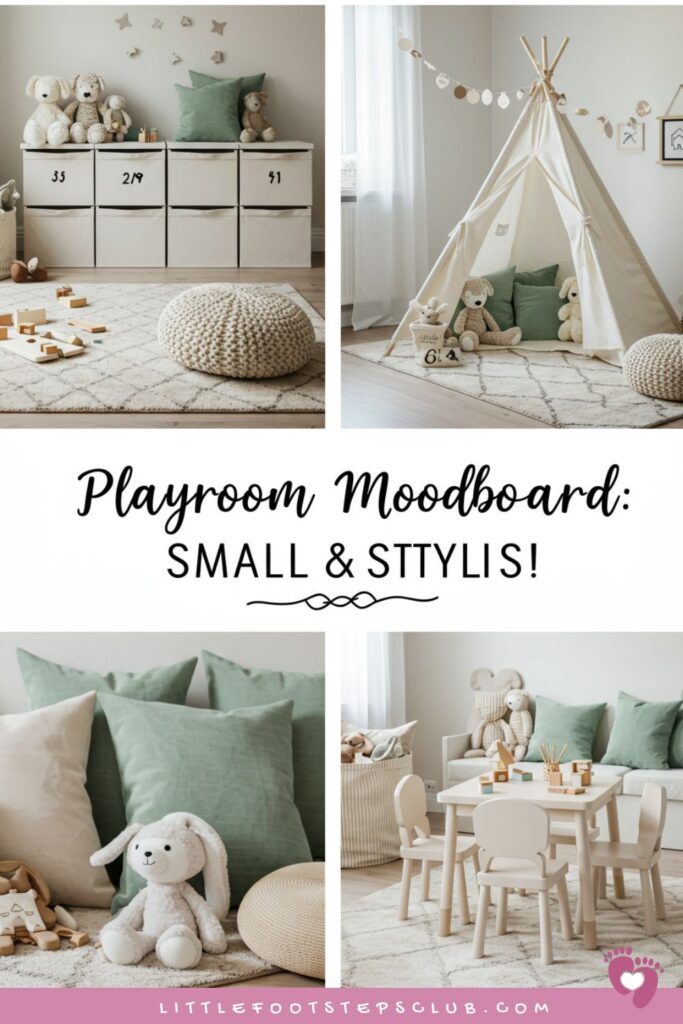
Deja una respuesta